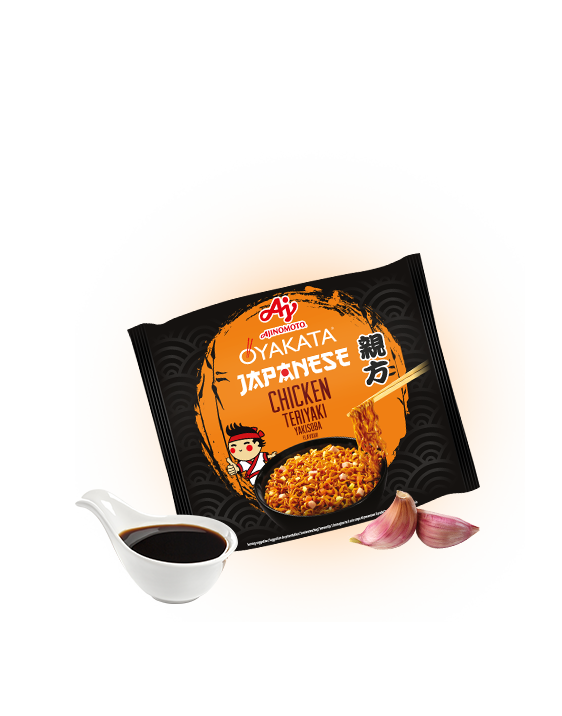

6 MOST BEAUTIFUL HISTORICAL CASTLES IN JAPAN
Koukyo – Japanese Imperial Palace
The Imperial Palace (Koukyo-皇居) is definitely the most famous castle in Japan. Today called a palace, it was erected on the foundations of the former Edo Castle. It is located in the capital of the Country of Cherry Blossoms – Tokyo, and it is the residence of the whole imperial family. The complex is the venue of the most important audiences of foreign leaders of other countries or prestigius political celebrations and events.
The palace is surrounded by imperial gardens, arranged in accordance with the Zen philosophy and tended to with utmost care. No wonder the whole area is compared to the New York Central Park, which is a refuge from the city buzz. Furthermore, on two special days a year everyone can tour the palace of the emperor of Japan. It is the ruler’s birthday, i.e. 23 December, and the Japanese New Year, celebrated on 2 January.
Osaka-jō – Japanese golden castle
The Osaka Castle(大阪城)is one of the largest and the most beautiful castles of Japan. It is also called a golden or baroque castle. It owes such substitute names to its unique shimmering ornamentation. The history of the castle includes numerous former renovations because of sieges, lightning discharges or air raids.
During the many external renovations, attempts were made to preserve the historical building relations, mostly successfully. But the interior has a lot of modern architectural influences and has partially lost its ancient atmosphere. Inside you can see automated equipment or even elevators, which definitely was not typical of the samurai period.
Matsumoto – Japanese Raven Castle
Japan has just 2 castles that have five storeys. The Matsumoto Castle (松本城) is one of them. Erected on a massive rocky foundation over the Asahi river against the landscape of the northern Japanese Alps, it is also known as the Raven Castle (Karasu-jō – 烏城). It owes this name to the black colour of the walls. The interior is full of massive pillars, wooden columns and arcs. As such, it does a good job reflecting the characteristics of past architecture. Especially since it was rebuilt after the war, having been destroyed by the American air forces.
Another interesting aspect is the hidden 6th storey which leads to the terrace of the castle and used to be the safest place in the fortress. In the 19th century, the castle was auctioned and sold. It was a popular practice in Japan at that time. The structure was to be demolished, allegedly to save urban space. Hearing this, the inhabitants raised funds to prevent this. The donations were enough to buy the land. This way the magnificent fortress was preserved and today it is on the UNESCO World Heritage List.
Himeji – Japanese White Heron Castle
The Himeji Castle (姫路城) can be recognised as the Japanese version of the Bavarian Neuschwanstein Castle, appearing at the beginning of almost every Disney production. Himeji is also dubbed as the White Heron Castle due to its gypsum finishing. The edifice is on UNESCO World Heritage List, and it is the other of the two Japanese castles, next to Matsumoto, to have five stories.
The exterior of the castle attracts many tourists, and it has guest starred in such productions as James Bond or The Last Samurai. Observed from afar, the fortress reveals no signs of its severe past. At first it was erected for defence purposes. It survived the era of internal fights between samurai and World War II. The complex has 83 buildings, including towers, granaries, defensive gates, surrounded with a triple moat and a high wall.
Hirosaki – Cherry Castle
Hirosaki (弘前城) is famous primarily of cherry blossoms. Still, its sad history must also be mentioned. In the 17th century, it was a five-storey fortress, which burned down after being struck by a lightning. The castle was not rebuilt until the 19th century. This time, however, in a three-storey form. Furthermore, in the 2013, the castle complex repair works were initiated and one tower was moved 70 metres away. The 400-tonne and 14-metre long structure was moved every day by 1 metre with a special rail platform and modern ramps.
But what attracts tourists like a magnet is the area of 2,500 blossoming cherry trees of over 50 varieties. Additionally, a relevant festival is held in the park in every season of the year. In the summer, it is Nebuta Matsuri. In the autumn – Momiji Matsuri, i.e. the Maple Leaf Festival. In winter – Yukidōrō Matsuri, which means the Snow Lantern Festival. But the most popular event is Sakura Matsuri – the Cherry Festival, which attracts up to 2 million participants every year.
Shuri – Chinese castle in Japan
Another pearl from the UNESCO World Heritage List is the Shurijō Castle (首里城). It used to be a seat of the rules of the historical Ryūkyū Kingdom, which remained autonomous from the Country of Cherry Blossoms until 1879. During its independent times, Ryūkyū had close connections with the Chinese Empire, and drew inspirations from its culture. This is why the castle does not resemble the Japanese fortresses discussed above.
The complex does not consist of high, several-storey buildings in subdued colours. It rather brings to mind the palaces known from the landscape architecture of the Middle Kingdom. It is dominated by red and golden hues, dynamic motifs and dragons. On Wednesdays, aside from touring the whole complex, you may see a show of special dances from Okinawa, known as onnaodori, zoodori, ryūkyūbudo. The appearance of the castle also caught the interest of the creators of the game Call of Duty, who used it to develop the mission where the American troops captured the Shuri bastion.


















